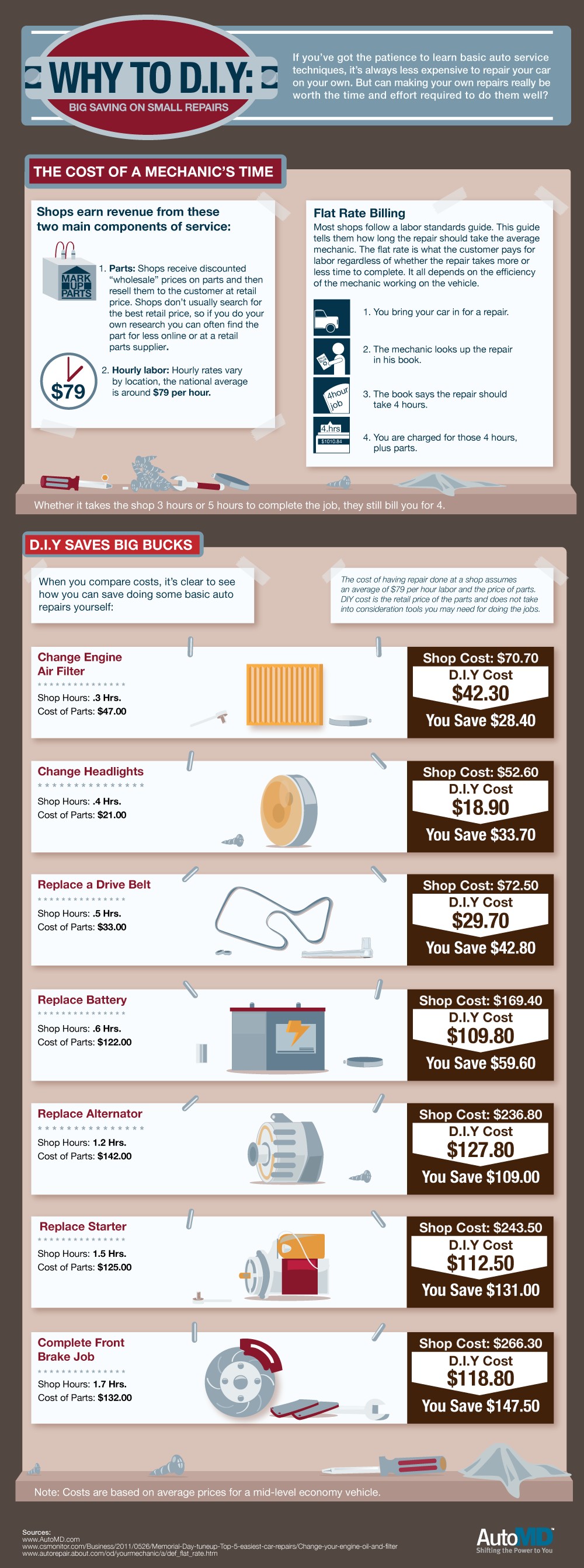Wondering Regarding The Meaning Behind Those Control Panel Caution Lights? Gain Insights Into Their Implications For Your Automobile'S Safety And Security And Upkeep
Wondering Regarding The Meaning Behind Those Control Panel Caution Lights? Gain Insights Into Their Implications For Your Automobile'S Safety And Security And Upkeep
Blog Article
Content Author-Sykes Forbes
When you lag the wheel, those radiant warning lights on your dashboard can be a little bit puzzling. Do you understand what they're trying to inform you about your auto's health? Understanding the importance of these lights is essential for your safety and the durability of your automobile. So, the next time one of those lights pops up, wouldn't you want to decode its message properly and take the essential steps to address it?
Common Warning Lighting and Interpretations
Identify common caution lights in your automobile and recognize their definitions to make sure secure driving.
The most regular warning lights include the check engine light, which signals problems with the engine or exhausts system. If this light comes on, it's critical to have your lorry inspected promptly.
The oil stress alerting light indicates low oil stress, needing prompt focus to avoid engine damage.
A blinking battery light might recommend a damaged charging system, potentially leaving you stranded if not attended to.
The tire stress monitoring system (TPMS) light signals you to reduced tire pressure, impacting vehicle stability and fuel performance. Ignoring this might result in hazardous driving conditions.
https://ecuremapping38271.blog-mall.com/31837216/personal-story-overhauling-my-worsening-car-during-a-weekend-describing-session indicates a trouble with the anti-lock stopping system, compromising your capacity to quit quickly in emergency situations.
Last but not least, the coolant temperature level warning light warns of engine overheating, which can result in extreme damage if not settled swiftly.
Recognizing these usual caution lights will aid you resolve problems quickly and preserve secure driving problems.
Significance of Prompt Focus
Recognizing the typical warning lights in your car is only the first step; the value of promptly attending to these cautions can not be emphasized sufficient to guarantee your safety when traveling.
When a caution light brightens on your dashboard, it's your cars and truck's method of interacting a potential issue that needs attention. Disregarding these cautions can lead to extra severe issues later on, endangering your security and potentially costing you much more in repairs.
Trigger interest to advising lights can stop failures and crashes. For example, a flashing check engine light could show a misfire that, if left ignored, could create damage to the catalytic converter. Addressing this immediately can save you from a pricey repair service.
Likewise, a brake system alerting light may indicate low brake liquid or used brake pads, essential elements for your safety and security when driving.
DIY Troubleshooting Tips
If you observe a warning light on your control panel, there are a few do it yourself troubleshooting suggestions you can attempt before seeking expert aid.
The initial step is to consult your vehicle's guidebook to comprehend what the particular warning light shows. In some cases the concern can be as basic as a loose gas cap setting off the check engine light. Tightening the gas cap might resolve the problem.
One more typical concern is a low battery, which can cause different warning lights. Inspecting the battery links for corrosion and ensuring they're safe and secure might fix the trouble.
If a caution light continues, you can try resetting it by disconnecting the auto's battery for a couple of mins and then reconnecting it. In https://www.wowt.com/2022/03/07/nebraska-mechanic-gives-tips-saving-gas-prices-increase/ , inspecting your automobile's liquid levels, such as oil, coolant, and brake liquid, can help repair alerting lights connected to these systems.
Conclusion
Finally, recognizing your cars and truck's caution lights is essential for keeping your automobile running efficiently and safely. By quickly dealing with these alerts and recognizing what they indicate, you can stay clear of costly repairs and potential break downs.
Bear in mind to consult your vehicle's handbook for specific information on each alerting light and take action accordingly to make certain a hassle-free driving experience.
Remain educated, remain secure when traveling!
